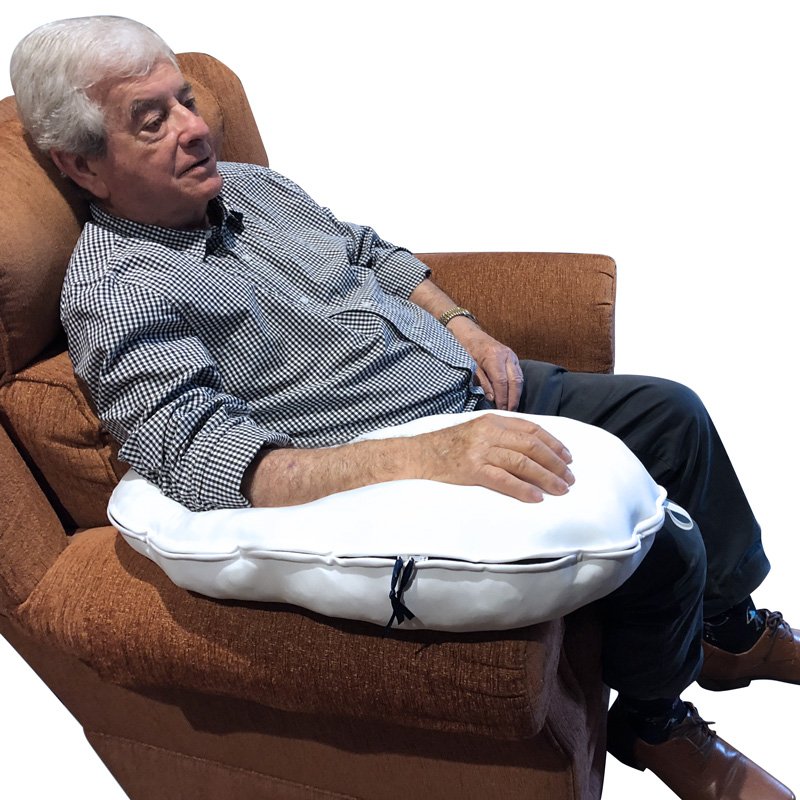Pressure Care Products That Actually Work Wonders
Pressure Care Products You Can Trust for Comfort
Basic Information
The importance of pressure care in healthcare and rehabilitation settings is often underestimated. For individuals with limited mobility, the risk of pressure injuries—also known as bedsores or pressure ulcers—is a serious concern. These injuries not only cause significant discomfort but can also lead to more severe medical complications if not managed properly. That’s where high-quality pressure care products come in, offering tangible relief and support for patients and caregivers alike.
From cushions and mattresses to positioning aids and overlays, these tools serve as crucial components in maintaining skin integrity, promoting blood circulation, and enhancing overall quality of life.
Understanding the Role of Pressure Care
Pressure injuries develop when prolonged pressure on the skin impairs blood flow, typically in areas like the back, heels, elbows, and hips. People who are bedridden, wheelchair-bound, or have neurological impairments are particularly vulnerable. Prevention is far more effective than treatment, which is why pressure care products are designed to reduce localized pressure and minimize friction or shear forces on the skin.
Used in both clinical and home environments, these products help distribute weight more evenly, reduce stress on vulnerable body parts, and support healing in individuals recovering from surgery or living with chronic conditions.
Types of Pressure Care Products That Deliver Results
When it comes to selecting the right solution, understanding the different types of pressure care products can help identify the best fit for a person’s specific needs.
- Pressure-Relieving Mattresses
Specialized mattresses, such as alternating air, static foam, or hybrid mattresses, play a vital role in pressure management. Alternating air mattresses, in particular, use air cells that inflate and deflate at intervals, reducing sustained pressure on any one area. Foam mattresses, on the other hand, conform to the body’s shape and provide continuous support.
- Cushions for Wheelchairs and Seating
Wheelchair users face daily challenges in managing pressure on the hips and thighs. Gel, air, and foam cushions are among the most commonly used options. These pressure care products are often part of a larger range of disability equipment, providing tailored comfort for extended sitting periods and aiding in postural alignment.
- Heel and Elbow Protectors
Areas like the heels and elbows are frequent hotspots for skin breakdown. Soft protectors or offloading boots reduce direct contact and enhance airflow, which is essential for maintaining skin integrity.
- Bed Overlays and Positioning Aids
These additions, such as gel pads, sheepskin overlays, and wedge supports, offer extra comfort and aid in repositioning, especially during sleep. Regular repositioning is crucial in pressure care, and these aids make it safer and more effective.
Selecting the Right Product: What to Consider
Choosing the right pressure care solution involves several key considerations:
- Mobility Level: Products should align with the individual's ability to reposition themselves.
- Skin Sensitivity: Some materials are better suited for fragile skin prone to tearing.
- Environment: The setting—whether a hospital, home, or care facility—can influence what kind of disability equipment is practical.
- Caregiver Involvement: Ease of use and cleaning are crucial when caregivers assist with pressure relief.
Working with healthcare professionals to assess these factors ensures the right product is selected for both prevention and treatment.
Integration with Broader Disability Support
Pressure care does not exist in isolation. It intersects with a wide range of disability equipment that supports mobility, comfort, and independence. Adjustable beds, hoists, transfer boards, and customized wheelchairs all work alongside pressure care tools to create a safer and more manageable daily experience for individuals with disabilities.
As such, a comprehensive care plan that incorporates both prevention strategies and supportive devices is essential in maintaining long-term well-being.
Frequently Asked Questions (FAQ)
Q1: Are pressure care products only for people in hospitals?
No. While common in hospital settings, these products are widely used in home care and aged care facilities. Anyone with reduced mobility or at risk of skin breakdown can benefit from using them.
Q2: How often should someone be repositioned to prevent pressure sores?
Typically, individuals should be repositioned every two hours, but this can vary depending on skin condition, health status, and use of pressure care products that redistribute pressure over time.
Q3: Do pressure care cushions lose effectiveness over time?
Yes, just like any product, cushions and mattresses can degrade with regular use. It’s advisable to inspect them regularly and replace when signs of wear, sagging, or uneven support are visible.
Q4: Can these products help after a pressure injury has developed?
While prevention is key, many pressure care products also aid in treatment. They reduce additional pressure on existing wounds, facilitating faster healing when used in conjunction with medical care.
Q5: Are these products covered under disability support services?
In many regions, disability equipment like pressure care cushions and mattresses may be funded or subsidized through health services or disability support schemes, depending on eligibility and need.
Conclusion
The effective use of pressure care products is an essential component of modern healthcare and disability support. These tools provide more than just comfort—they actively prevent injury, support healing, and enable individuals with limited mobility to live with greater dignity and ease. By integrating them into broader disability equipment frameworks, caregivers and individuals can work together to create safer, healthier environments where every detail is designed with care and functionality in mind.


